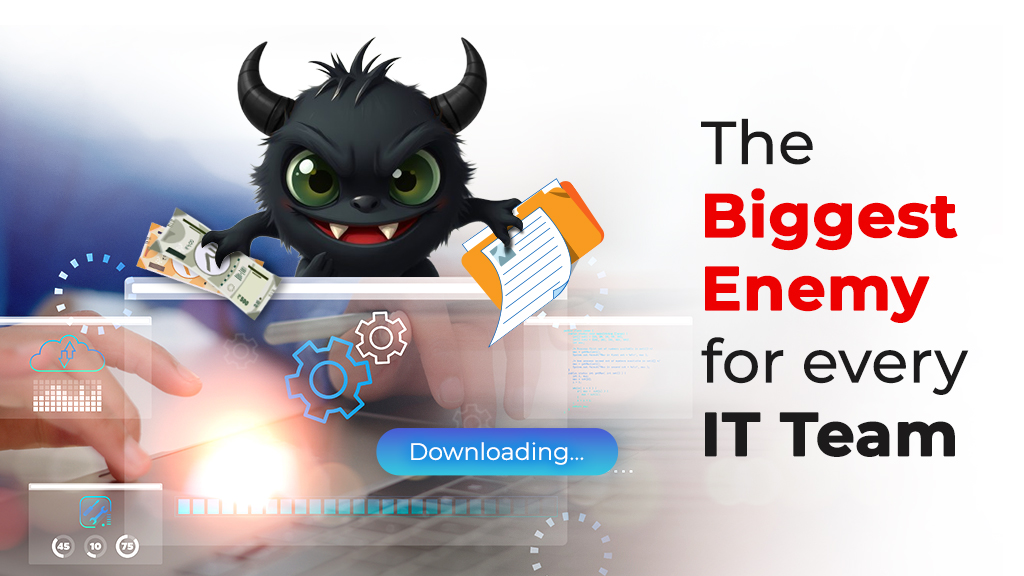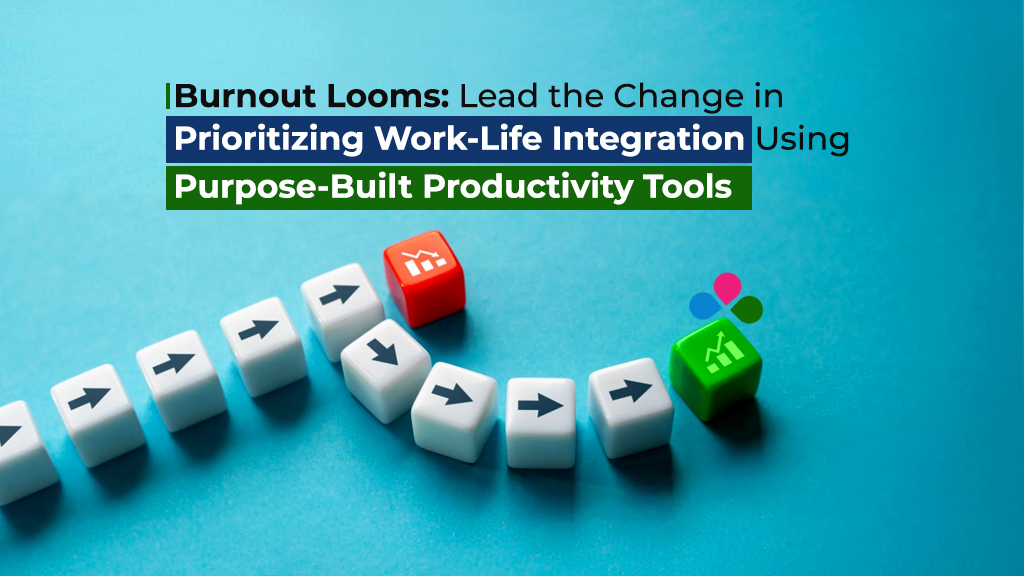We are all aware of the fact that it is indeed a difficult task now to predict accurately what the workforce landscape will look like post-COVID 19. The pandemic witnessed the global workforce transition to working from home and adopt a new working environment – specifically in organizations that did not have a strong remote working policy in place.
Now, as our economy and the society at large adapt to the ‘new normal’, organizations are faced with the challenge of determining what their workforce will look like in the future, as they face a different business environment and changing preferences of the employees. It is now time for employers to determine how they plan to re-engage the workforce and proactively address their concerns.
Managing talent in today’s pandemic-stricken world invariably poses certain dichotomies that are all centered around unpredictability and assumptions. Now, while businesses tend to recover through cycles, talent has to be positioned to be productive both during and immediately after the pandemic.
What are the underlying talent management principles that organizations need to adopt in order to manage and lead through this global crisis?
Managing individual as well as team performance and productivity
Crises always test the robustness of an organization’s performance management and talent evaluation system. A crisis such as COVID-19 has highlighted that during a crisis, business continuity planning is always a priority, while workforce management and hiring talent become secondary tasks.
It is important to plan around the business directives. But we cannot overlook the fact that organizations are made up of people whose collective response to a crisis determines how well the organization manages through the challenge and recovery phases.
Although most organizations only focus on the collective productivity of a team or department, it is very important to recognize the strong performers during the phase. The inability to do that would result in an organization losing out on star performers as soon as the market bounces back.
Therefore, it is important to ensure that these critical talents, both individual and collective, are properly recognized, assessed, managed, and engaged.
Navigating through the crisis with adaptive leadership
The pandemic is posing a lot of serious challenges to leaders worldwide. The pace at which business owners, thought leaders, policymakers, and researchers react to this complex crisis will be making a profound difference to the lives and livelihood of people.
The leadership needs to be more proactive and look at new ways and means to manage with empathy, navigate business environments, anticipate the future course of actions, and in the end, create a win-win strategy. As crises do not come with an easy solution and are characterized by a large amount of uncertainty and ambiguity, it is important to locate such leadership and acquire them. And the ongoing pandemic highlights the need for adaptive leadership who are open and transparent about learning, use collective decision-making processes, and can build trust with individuals and communities.
Building capability and readjusting roles
COVID-19 outbreak has indeed become the landscape of role alignments and capability building. This has been made possible because of the easy availability of remote collaboration tools, and a lot of free time at home.
Successful organizations worldwide have been open to opportunities to revisit core role descriptions, promote greater learning, and create new opportunities for their talent. This has helped them to broaden and flex the work roles to be able to align with the dynamic priorities of the organization and boost performance and productivity.
This global crisis has precipitated a fundamental shift in the way we work. There are immense opportunities for enterprises and service providers who can proactively adapt to this new normal.
Liked the article? Follow our page for more relevant tips.







